Shock Pads
October 29, 2024
Hello, everyone – I hope you are having a great day.
Today, I’m going to discuss the dos and don’ts when installing foam shock pads.
Playground equipment dictates many important factors when putting in a playground system.
The playground equipment will dictate critical fall height, the use and fall zones, and also the thickness of the shock-absorbing surface that is to be placed.
As I mentioned in my earlier vlog, shock pads are an effective way to enhance safety and provide a soft cushiony surface.
Shock pads have exceptional vertical-to-horizontal drainage for superior rainfall evacuation.
Shock pads are typically placed on the compacted base and under synthetic turf.
Placing shock pads under turf and around playground equipment can be easy if you know what you are doing. If not? Bad things can happen.
It is VERY IMPORTANT always to check the dimensions of the shock padding you receive to ensure no thickness discrepancies.
Transportation & Storage
Do not expect your shock padding to install properly and maintain its intended function if you do not take care of its transportation, its storage, and job site stocking.
It is important to carefully handle, store, and place shock padding to avoid damage that can void its fall height requirements.
Proper storage and stocking of shock padding is crucial for optimal functionality.
If the padding gets deformed due to improper storage or stocking, it won’t be able to meet the Head Injury Criteria, and you will have to discard it.
Improper storage can also cause installation difficulties, further impacting its performance.
If the shock padding becomes deformed due to transportation, storage, or stocking, you may as well throw it away.
Over the years, I have witnessed failures that have caused playgrounds to be shut down due to safety concerns regarding underpadding issues.
Underpadding installed incorrectly can cause the entire project to be removed and replaced.
Shock Pad Placement
I recommend placing the shock pad early in the morning and getting it covered with synthetic turf before the sun’s heat causes movement.
You must not allow any gaps when installing shock padding.
Many say to leave a 1/8” gap between panels for expansion and contraction; this is not true.
If the shock padding shrinks, there will be a gap around all sides, damaging the synthetic turf from wear and tear.
I have witnessed hundreds of failed padding installations, most due to the contractors leaving too large gaps, believing what they were told. After two years and thousands of children playing on it, the gaps mirror through the turf’s surface and create friction, which causes damage to the backing. And when this happens, it’s pretty much a splitting fest.
Shock Padding Transitions
When installing shock padding, you must create a proper transition.
The images above show the shock padding placed several feet from the outside curb. I do NOT recommend this.
And as I mentioned above, this will eventually fail, causing the backing to start splitting at the shock padding edge. This happens due to friction of wear and tear.
When the compacted soils are placed lower than the shock padding, years of foot traffic can cause the backing to separate in the future, causing the turf to split open.
Layout & Placement of Shock Pad
The position of the shock pad is critical. If the shock pad is not placed in an offset pattern like the diagram shown here, it is not supposed to be laid side by side, for this will create crowning of the shock pad, which will cause friction and damage to the underlying backing of the synthetic turf.
Trimming of the Shock Pad
You may use all types of tools to cut the shock pad. The installers’ favorite is a large exacto knife. This blade can be extended out to allow for better cuts of edges. It also can work great for cutting shock pads around playground equipment.
Securing the Shock Pad
Please listen carefully….
DO NOT NAIL THE SHOCK PAD TO THE COMPACTED SOIL!!
ALSO DO NOT GLUE TURF TO SHOCK PAD!!
Shock pads are meant to be a floating system. If they are nailed to the dirt, they will fail testing.
If the Turf is glued to the shock pad, it will interfere with the shock-absorbing properties and reduce attenuation and recovery.
If you’re installing the white TIGER SHOCK PAD, I recommend using Gorilla Tape to secure the shock pad together. This will prevent the shock pad from moving while installing the synthetic turf and also give the playground system stability during heavy use.
Shock Pad & Maintenance
Shock pads hardly have any maintenance other than minor repairs or damages.
You must maintain the infill levels for the shock pad to function properly, which I’ll discuss in more detail in my next vlog,… Playground Maintenance.
Until next time…. JW OUT!!!!







